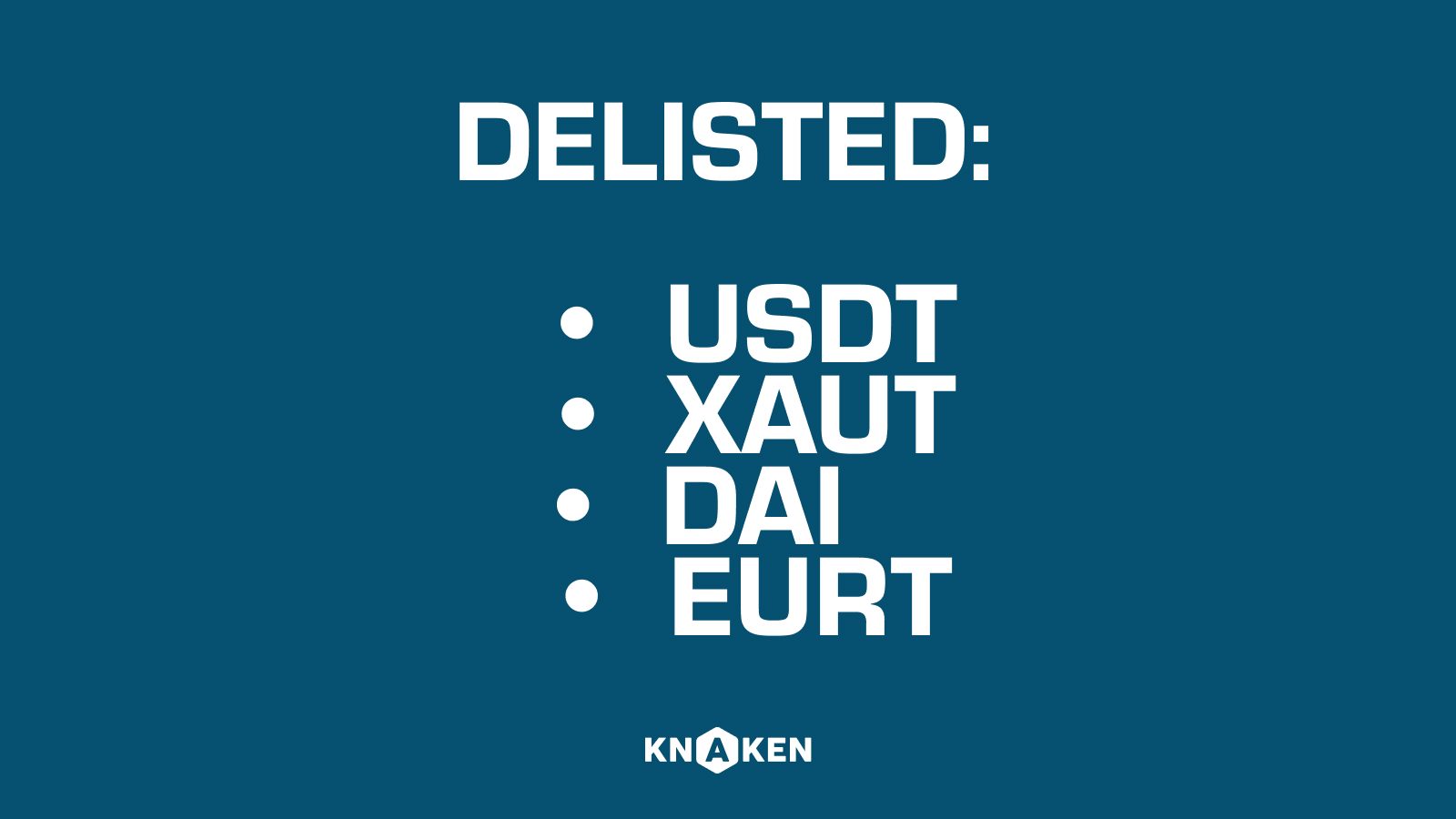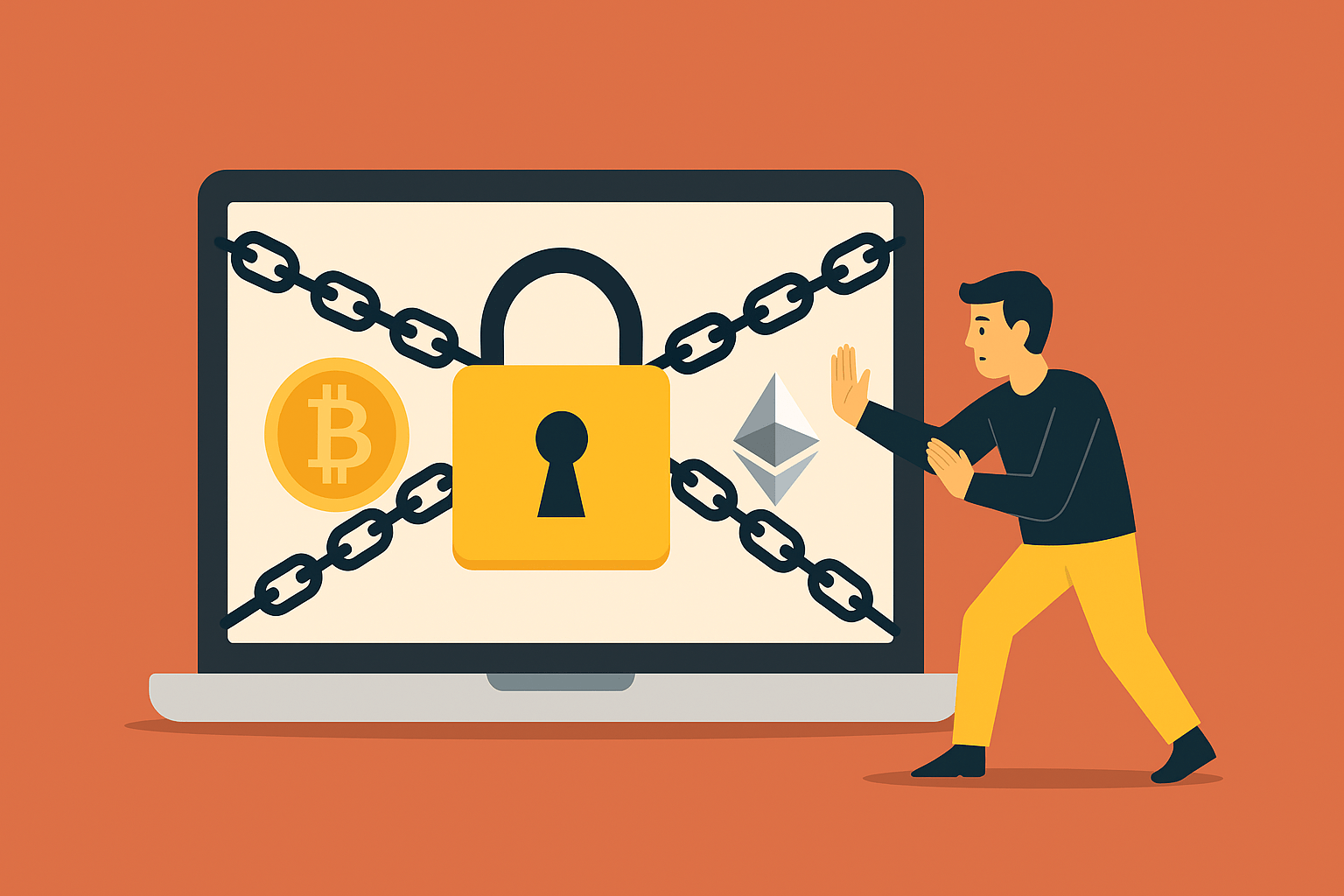Block Time in Cryptocurrency
Introduction to Block Time
Block time is a fundamental concept in the realm of cryptocurrency, particularly in blockchain technology. It refers to the average time it takes to create and add a new block of transactions to a blockchain. Block time plays a significant role in determining how quickly transactions are confirmed and processed within a particular cryptocurrency network. Understanding block time is essential for users, miners, and developers alike, as it directly impacts transaction speed, network security, and overall performance.
How Block Time Works
Block time is influenced by several factors, including:
- Blockchain Consensus Mechanism: Different consensus algorithms (such as Proof of Work or Proof of Stake) have distinct processes for block creation.
- Network Difficulty: Most cryptocurrencies incorporate a difficulty adjustment mechanism, which alters the time taken to generate blocks based on the network’s hashing power.
- Transaction Volume: Increased transaction volume may lead to congestion, impacting the efficiency of block creation and thereby affecting block time.
- Node Communication: The efficiency of communication between nodes in the network can also impact how quickly blocks are verified and added.
Importance of Block Time
Block time serves various critical functions within a blockchain ecosystem:
- Transaction Confirmation: A shorter block time allows for faster transaction confirmations, enhancing user experience and trust in the system.
- Network Security: Adequate block time helps prevent double-spending and other security threats by ensuring that blocks are verified in a timely manner.
- Scalability: The average block time influences the overall scalability of a blockchain network, affecting its ability to handle a growing number of transactions.
- Smart Contracts: In platforms that support smart contracts, block time can affect execution speeds, making it an essential factor for developers.
Typical Block Times for Major Cryptocurrencies
Different cryptocurrencies exhibit varying block times. Some notable examples include:
- Bitcoin: Approximately 10 minutes.
- Ethereum: Roughly 12-15 seconds.
- Litecoin: Around 2.5 minutes.
- Ripple (XRP): About 3-5 seconds.
- Cardano: Approximately 20 seconds.
Block Time vs. Confirmation Time
It is important to differentiate between block time and confirmation time:
- Block Time: Refers specifically to the creation of a new block.
- Confirmation Time: The time it takes for a transaction to be considered fully confirmed, which may include multiple block confirmations.
In most cases, the confirmation time is longer than the block time since a higher number of block confirmations increases transaction security.
Factors Affecting Block Time
Numerous factors can influence block time, including:
- Network Congestion: High transaction volumes can lead to increased processing times and longer block confirmation durations.
- Difficulty Adjustments: Changes in mining difficulty can significantly alter block creation rates.
- Validator Performance: The efficiency and reliability of block validators or miners impact how quickly blocks are produced.
- Protocol Changes: Upgrades or forks in a cryptocurrency’s protocol can introduce changes to block generation times.
Optimizing Block Time
Many blockchain networks continuously seek to optimize block time for better performance and user satisfaction:
- Dynamic Difficulty Adjustment: Implementing algorithms that adjust mining difficulty based on real-time network conditions.
- Layer 2 Solutions: Utilizing additional layers on the blockchain, such as Lightning Network for Bitcoin or Plasma for Ethereum, to facilitate faster transactions.
- Protocol Enhancements: Upgrading the consensus mechanism to reduce the block time without compromising security.
Conclusion
Block time is a critical variable in the cryptocurrency space that directly influences transaction speed, network security, and user experience. By understanding the dynamics of block time and its implications for various cryptocurrencies, users can make informed choices within the digital assets ecosystem. As the technology continues to evolve, the optimization of block time will remain a key focus within the blockchain community, shaping the future landscape of cryptocurrencies.


















